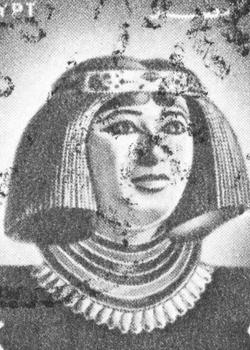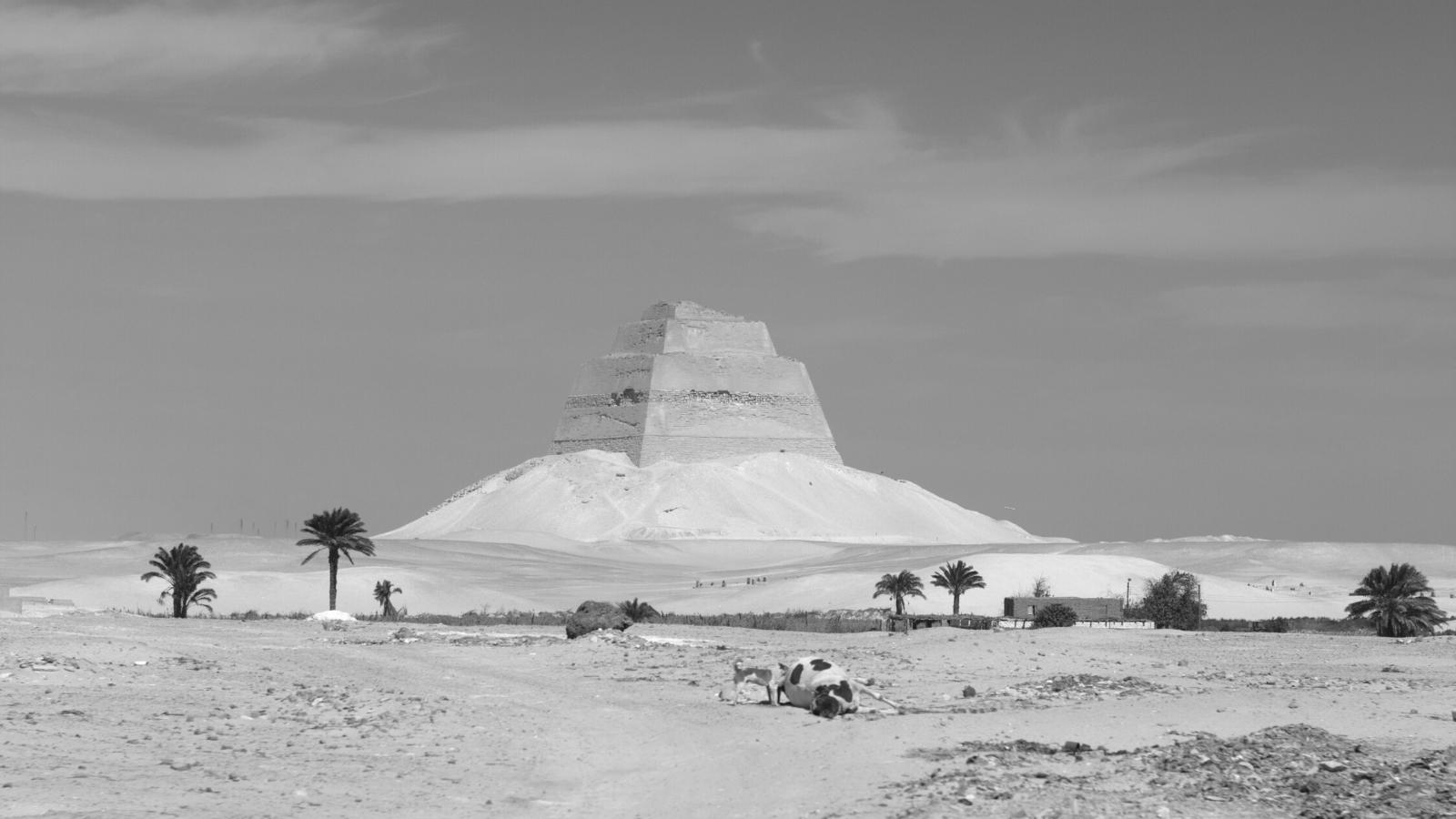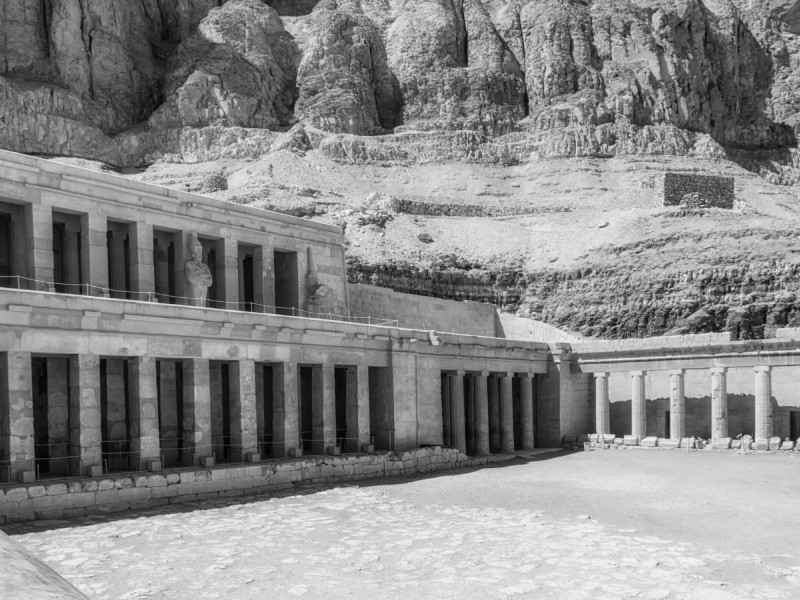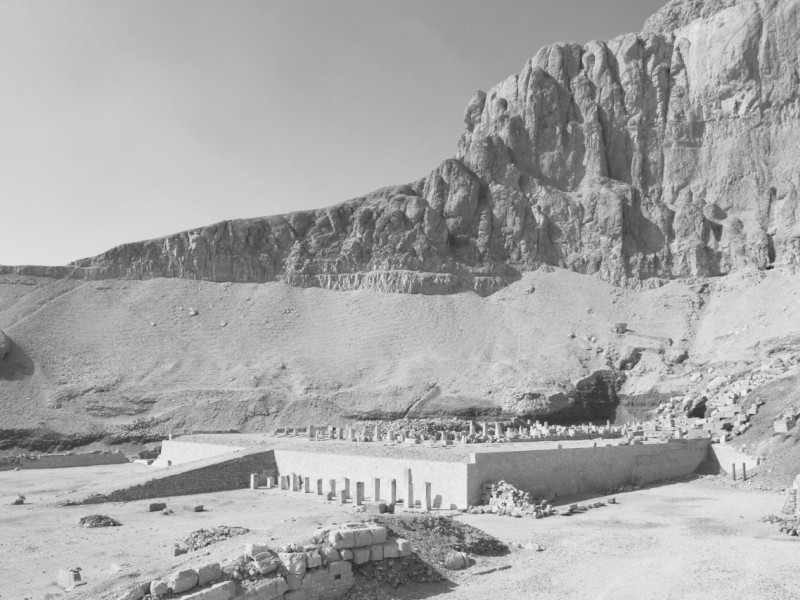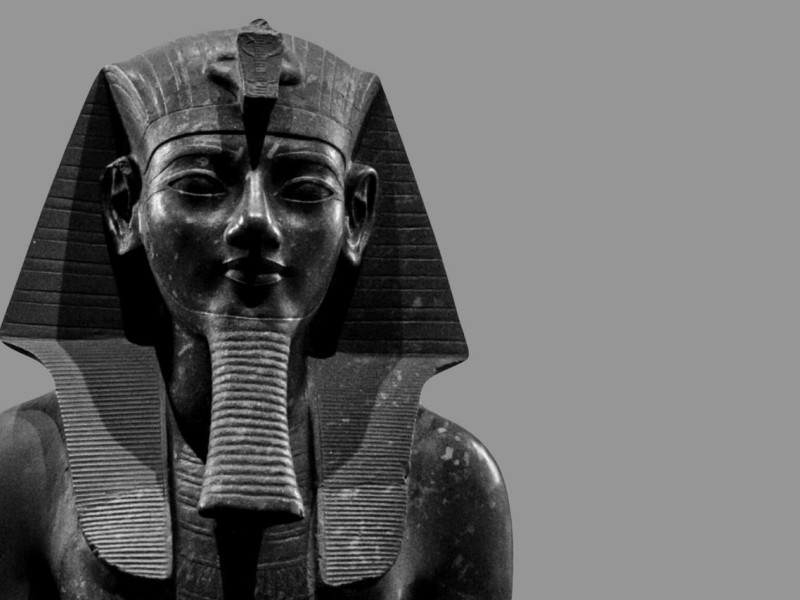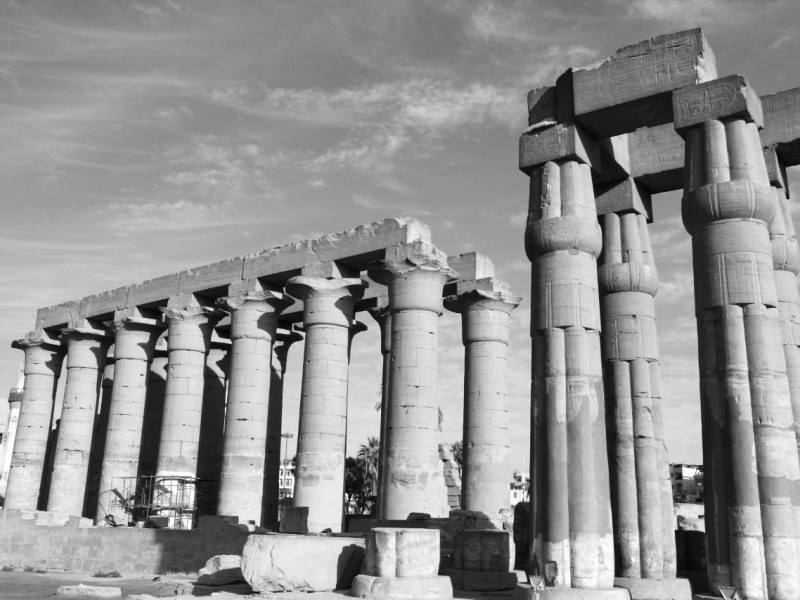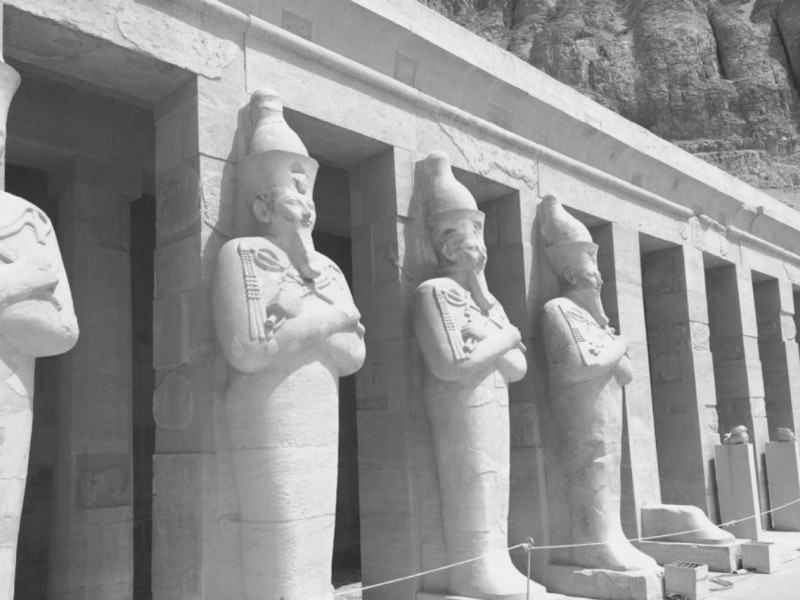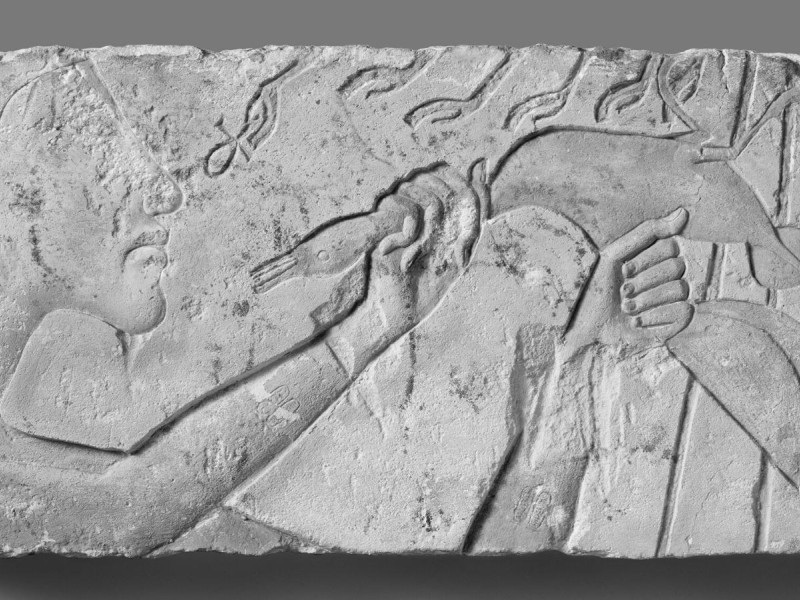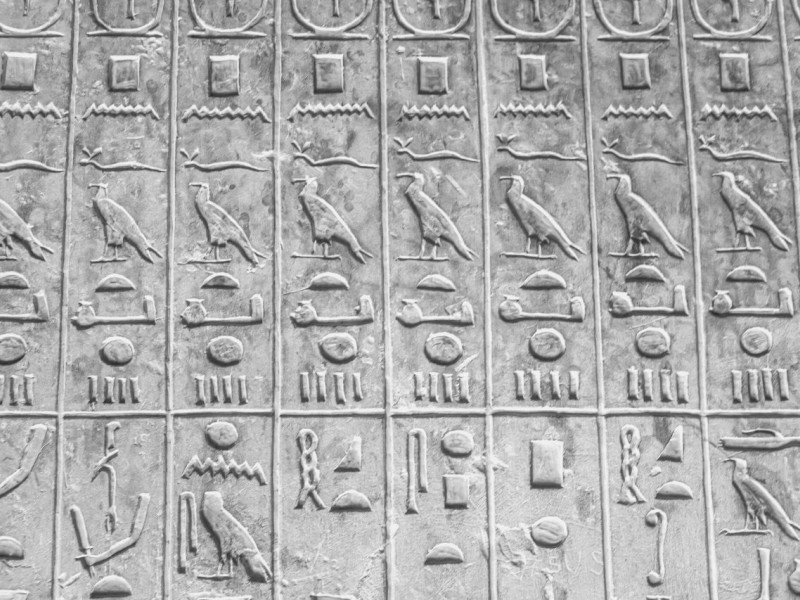Rahotep: Unraveling the Life Behind Beauty and Youth
Rahotep came from a great royal family honored for its power, authority, and wealth. You could imagine his lifestyle, beliefs, education, and manners as he came from a noble home. It is known that Prince Rahotep lived an affluent life as one of the sons of King Sneferu and his first wife.
There were also speculations that his father was Huni, but they were only groundless efforts to destroy his name.
He was born in the fourth dynasty when Egypt was building its enormous kingdom under the rule of his father, Sneferu, the first king of the fourth dynasty. He was lucky enough to be a part of a famous royal family, in which Sneferu fathered eight sons and five daughters. Rahotep was the sixth son and was acknowledged for his title, “King’s Son of His Body.”
His reverence to Ra was notable as his name carried the meaning “Ra is Satisfied.” You know that god Ra was worshipped for his great power and influence as the god of the sun and the sky.
Who Was Rahotep?
Born to a royal family, Rahotep knew the significance of authority and influence. His father, Sneferu, was distinguished for building true pyramids. He established three great pyramids that gained recognition all over the world. His engineering works were world-class, and their materials were acquired through international relations with foreign countries, such as cedar from Lebanon and turquoise from Sinai.
Rahotep was given titles according to his role in the kingdom. He was called the High Priest of Ra because of his devotion to the god Ra at Heliopolis. Archeologists could not acquire much information about his achievements, but one significant discovery was made when they found this inscription on his statue found in a mastaba in 1871.
His statue was excavated in Meidum, together with the statue of his wife, Nofret. In addition to the aforementioned title, he was also known as “The Greatest of Seers,” another title suited to his noble origin.
Rahotep and Nofret were blessed with three sons, Djedi, Neferkau, and Itu, together with their three daughters named Sethtet, Mereret, and Nedjemid. In honor of his family legacy, all of his children were depicted in his tomb.
He was buried in the mastaba in Meidum. He was given honor for his contributions to the royal house of Sneferu.
Rahotep’s Legacy
Prince Rahotep and his wife, Nofret, were depicted in magnificent limestone statues featuring the beauty and youth of the couple. With such brilliant art featuring the realistic appearance of the couple, they are recognized to be among the most distinguished statues from the past.
French archeologists excavated the statues in the mastaba tomb.
Did you know that his tomb was found on a rectangular platform north of Sneferu’s pyramid?
He was honored through the statue as an authentic representation of the life of a royal son in ancient times.
Nofret, for her part, showed the sophisticated appearance of a royal princess. With her height of 122 cm, Nofret commanded beauty, youth, and elegance. Her statues, along with that of her husband, symbolized the radiance of art during the time of Sneferu.
Compared with Greek and Roman sculptures made to be viewed from all sides, the statues of Rahotep and Nofret were made to symbolize the opulence of life, the power of youth, and the influence of beauty. These statues were designed to be appreciated from the front.
You must see these sculptures to appreciate the grandeur of Egyptian art. They were featured seated on pearly white thrones with their titles written on the back. What was written in hieroglyphs was the perfect inscription fitting for the son of an illustrious king, “Rahotep, the king’s son of his body.”
The location of his tomb when it was discovered and the inscription behind his statues all symbolized his importance as the son of King Sneferu. These also proved his blood relationship with King Khufu, his brother and the renowned king of the Great Pyramid of Giza. Archeologists further validated the closeness of Nofret to Khufu as a royal acquaintance to the sovereign king.
Rahotep and Nofret wanted to project an image that constituted the common people in their time. They wanted to portray the significance of youth as the illustration of the body they want to take to eternity.
To immortalize their humanity, Rahotep painted his skin with a light crimson-brown color to highlight his strength and good health. Following the image of her husband, Nofret painted her skin a yellowish-brown and pale color as a vital symbol of a woman who is inferior to her spouse. These statues projected a man’s active vigor in contrast with a woman’s domestic lifestyle.
Another famous feature of Rahotep’s statue was the presence of his mustache, an elegant and gorgeous image of a man in the fourth dynasty. Men at that time wanted to show an image of a confident, clever, and strong male who could subjugate kingdoms to hoist their honor, similar to Djoser, a valiant king in the past.
Rahotep wanted to show this image, but the painting covered his mustache. Another reason why it was not vivid in the statue was the fading of the paint. His costume was a representation of typical Egyptian clothing worn during special occasions. He wore a white kilt with his right arm and folded fist resting on his chest and the other hand resting on his leg.
This was a dignified image of a good man in his time. He was presented wearing a necklace with an amulet shaped like a heart. You should know that the heart is highly significant in Egyptian culture because it is considered the center of man’s intelligence and feeling.
To know the truth, one has to unveil his feelings by weighing the burden of the heart against the feather of truth and integrity. You will be in awe at the implication of wearing an amulet. According to ancient culture, having an amulet on your chest would mean you are hoping for a bright result on the day of judgment.
Nofret, on the other hand, was wearing a sleeveless white sheath dress. Her body was hidden by a white shawl that was tightly wrapped around her. You must know that it is important in Egyptian culture to show the attractive figure of a woman. Everyone can say that her attire was a symbolism of an appealing Egyptian woman.
She was wearing a huge wig, but it also showed her natural hairline. To accentuate her hair, she was depicted as wearing a flowery diadem. More importantly, the broad necklace that adorned her neck embodied the natural beauty of her elegance behind simplicity.
Her necklace and diadem provided a contrast to her pure white ensemble. In Egypt, this denoted affluence and grace. Moreover, this pose signified calmness as it gave an assurance of being ready to embrace the cold thoughts of the afterlife. Needless to say, this was a perfect state of calmness in the face of fear and even death.
Nofret was also known as Nefert, which means beautiful. You must recall that she was further known as Neferet and was respected for her beauty and genuine heart. Although she was regarded as a noble, her parents were unknown. Her marriage to Rahotep paved the way for her active participation in the lives of the early nobles.
Although many historians contest that the title “physical son of the king” was made in honor of Rahotep, other scholars explained the closeness of Rahotep to the king. The solemn life of Rahotep suddenly ended when he died young. He was buried in a mastaba in a necropolis in Meidum. After a few years, it was discovered that the beauty of the couple remained intact.
If you scrutinize the painted statues, you can tell that they were not state-of-the-art pieces of art, but they were substantial because of the realism of the bodies. The height of the prince was only 120 cm, while the princess was 118 cm tall. You would also notice the frown in the expression of Rahotep behind his mustache.
Nonetheless, the nobles projected a dignified look that was quite common among royal family members at that time. Made to show an ideal art form, some artists commented that it was a symbol of honesty.
Conclusion
Rahotep was a son of Sneferu and a brother of the great king Khufu. Although his mother was unknown, it is important to consider the bloodline of Sneferu in the life of Rahotep.
Here are the notable points of his life:
Rahotep was a noble prince who was commissioned to represent the priesthood of Ra in Heliopolis.
He got married to Nofret, who gave birth to three sons and three daughters.
The famous statues of Rahotep and Nofret symbolized the beauty of a distinguished royal couple.
Historians agree that the posture and beauty of Rahotep and Nofret characterized nobles with high ranks. As you can see, the faces of their statues displayed dignity and astuteness.
The statues also expressed the reality of life, such as the height of the two royals and their sophisticated look.
Although Rahotep was not appointed as the successor to the throne, he was in control of one of the most crucial positions in his kingdom, which is no other than the priesthood of Ra.
More vital to his worship of Ra was the prestige of keeping the beauty and youth of an Egyptian noble. Having mentioned everything about their statue’s countenance, you could imagine the significance of Rahotep and Nofret in the history of Egypt.

